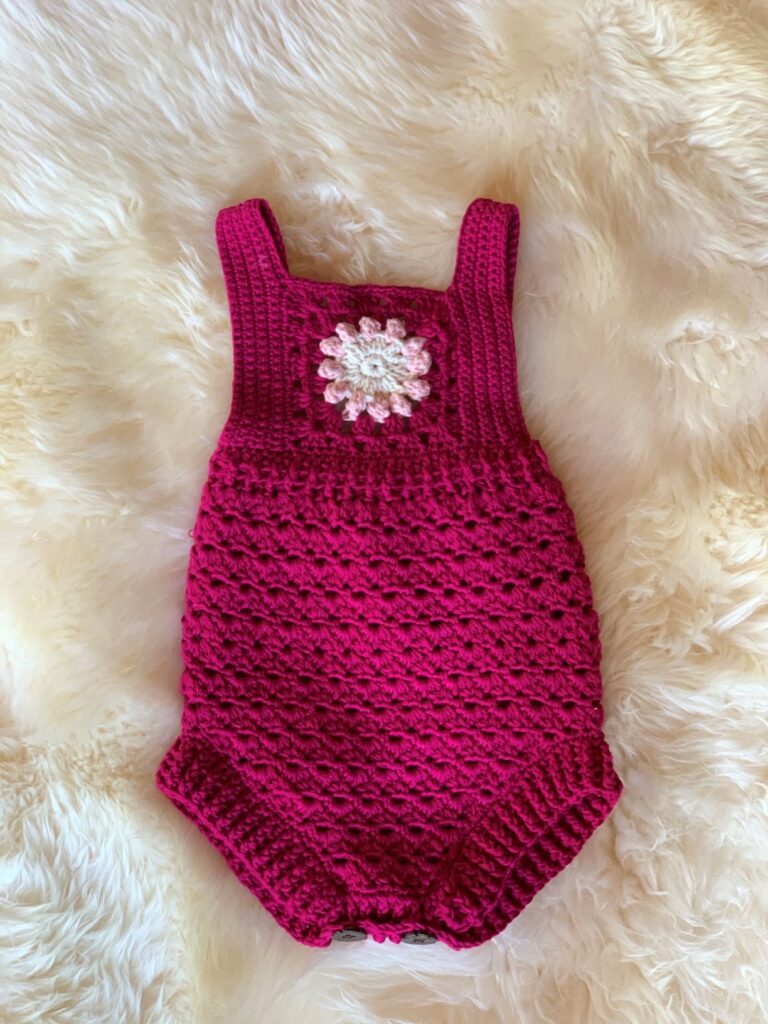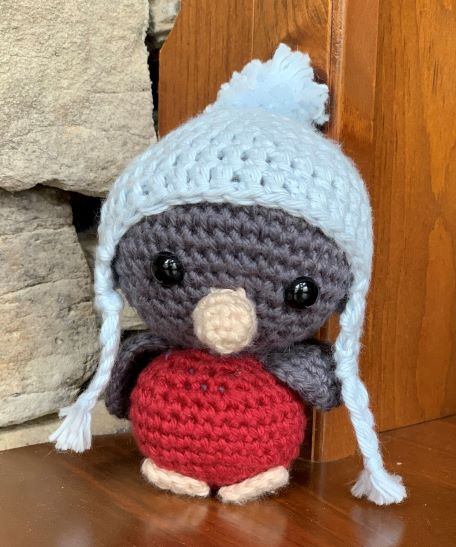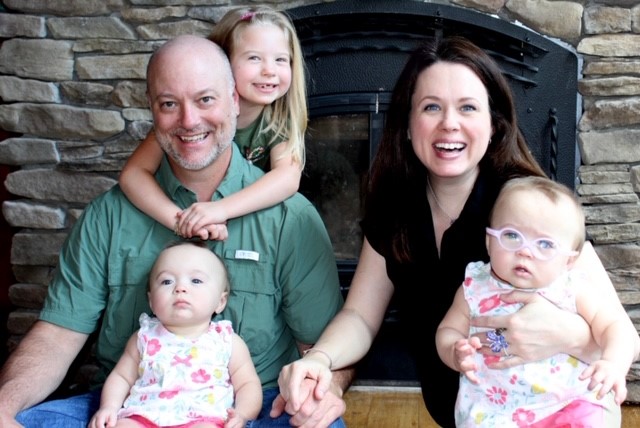Connie Spaid was in high school when her grandmother taught her how to crochet. That is probably how most people learn an art like crocheting, something that to most might seem quaint, maybe even a bit outdated. Connie certainly never thought of it as anything more than that. She learned two basic stitches, enough to piece together a simple pattern on her own, and she was happy to know how to do it. She could add that to her creative skill-set.
Maybe, she thought, at some point in her life she might crochet to pass the time watching television.
She didn’t think much about it for a long time. Connie lived her life. She got married. She and her husband tried for years to have children. Doctors told them there it was no use, so they tried other roads. Infertility treatments. Foster parenting. Adoption. Every door closed. They refused to lose hope.
And then, to their wonder and surprise, Connie got pregnant. She gave birth to a healthy little girl. Three years later, she became pregnant again, this time with a boy. Thirteen weeks into the pregnancy, doctors found that Judah had Trisomy 18 birth defect. Connie continued her pregnancy in the hopes of another miracle. Judah’s heart stopped beating at 30 weeks, and she delivered him stillborn.
“I remember coming home from the hospital without my son,” Connie says. “I remember kneeling over his tiny coffin. It was the darkest, most devastating moment of my life. My body was crying out for my dead son. Those are emotions that can drive a mother insane. Out of her mind. It was paralyzing grief.”
In the terrible days afterward, Connie searched for some way to hold off the darkness.
She was as surprised as anyone when she began crocheting.
“I found that it demanded all of my attention,” she says. “Every part of my brain. I was forced to just focus on the pattern. To focus on what the yarn was doing in my hands, and the hook, and the stitches, and the counting, and all these different things at once, so much so that I found I could not think about anything else. And my mind was at peace. It was sweet, momentary relief.”
The more Connie crocheted, the more she could feel her anxiety dropping, the more she could feel her depression lift. Soon, she began to recognize when the darkness was enveloping around her, and she would grab a new pattern – it didn’t matter what, a blanket, a scarf, anything — and go to her yarn and immerse herself.
“When Judah died, so much darkness entered my life,” she says. “There was this cloud. This fogginess in my brain. In my life. In my world. It just felt like the beauty had been taken from me, and I desperately needed to find a way to get it back. And crocheting did that for me.”
At first, crocheting was just that: A way to take her mind off the pain, a way to pull through the grief. But over time, it became more, something richer, something even more meaningful. She was improving. She found herself eager to finish a project so she could find something more complex, something more challenging. She began to look forward to those days when she would go to the yarn aisle and find exactly what fit her mind.
And then she began connecting with other crocheters online, people from all over the world. This led to her testing patterns for various business owners.
Every step along the way, she discovered something even more meaningful in this small hobby she had picked up from her grandmother as a girl.

“When I’m testing a pattern, it’s like a puzzle to me,” she said. “Because I’m searching the pattern to see if there are hiccups in the pattern, how it flows, if there’s anything that’s amiss in the size garment that I’m making.”
And then there was something else, something she barely even thought about as she crocheted: At the end, she had all these beautiful sweaters, hats, mittens, toys, wonderful gifts she would give to family and friends and to an organization called Forever Angels of Virginia.
“When I was in the hospital with Judah,” she says, “I was gifted with a beautiful handmade gown from an organization called Forever Angels of Virginia, that transforms used wedding gowns into burial clothes for babies. … I just remember it brought me so much peace, having this handmade outfit for my son; the one outfit he would ever wear. I can’t quite put it into words how special it was to me.
“There is no feeling in the world like gifting someone with a handmade gift that they know you put hours and hours of work of your heart and soul into. Nothing.”

In these trying times of COVID-19, Connie finds herself searching for time to crochet. Her days are overwhelmed with homeschooling her 6-year-old daughter and chasing around her 1-year-old twins, and she feels the same anxieties and fears everyone else is feeling. It would be easy to put off her passion. But she believes that her crocheting time is even more important
“It certainly helps to break up the monotony of my days,” she says. “I do my best to schedule time to crochet for short periods of time throughout my day right now. I have found that when I can set a short-term goal with a crocheting project – daily or weekly – and reach that goal, there is real satisfaction in that, especially during a challenging season when so many other goals are unattainable.”
She can’t really explain all that it means to her. “I know that might sound silly to some people because it’s just yarn,” she says. “But being able to find the rainbow after the storm, there’s so much hope in that.”

